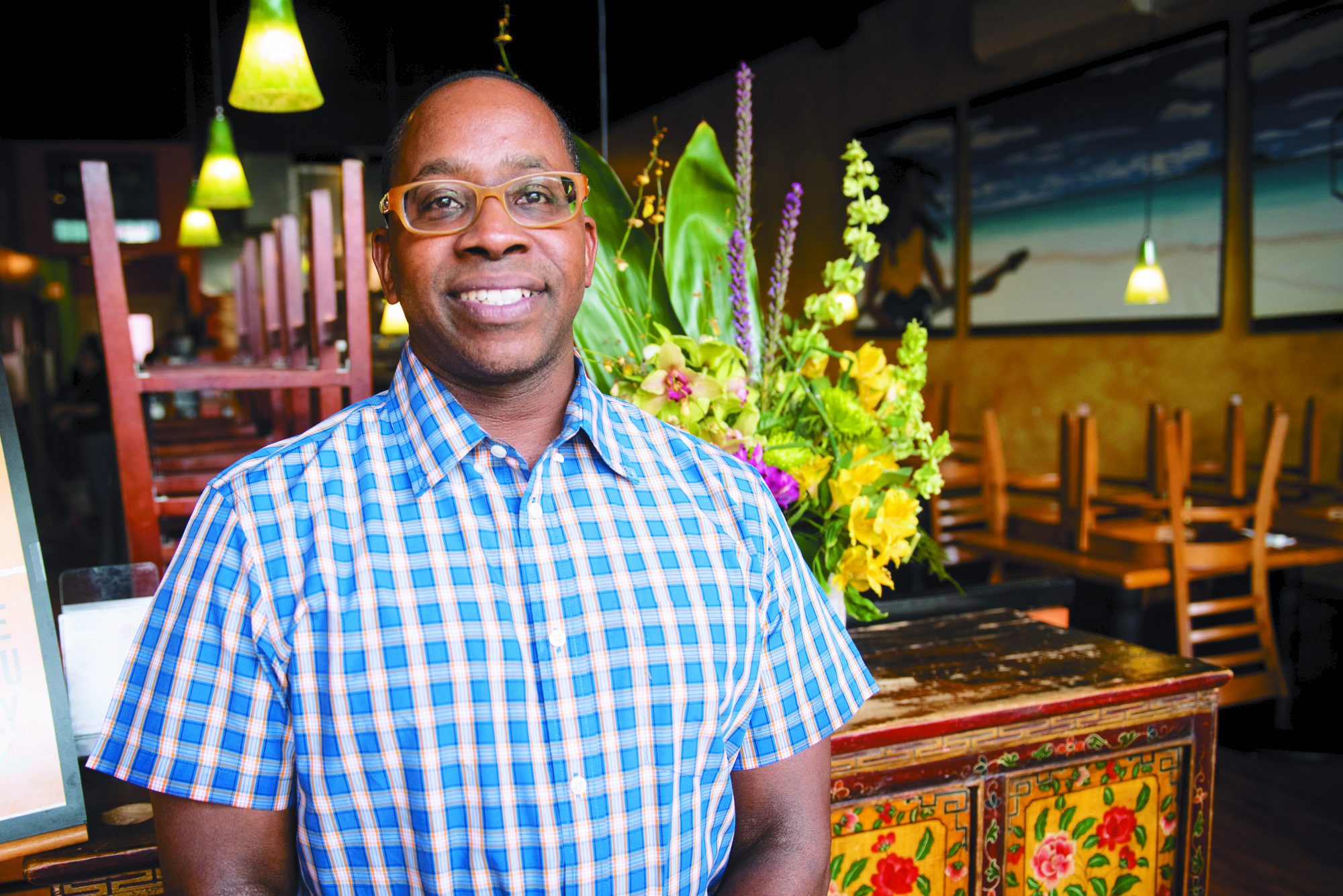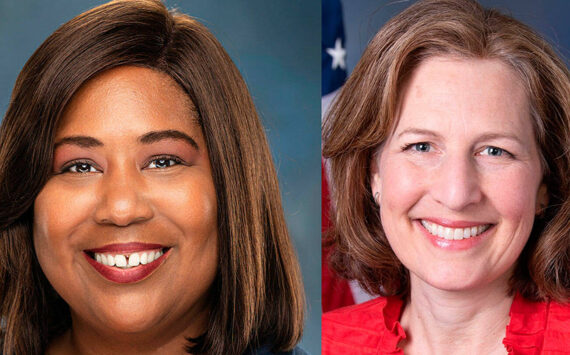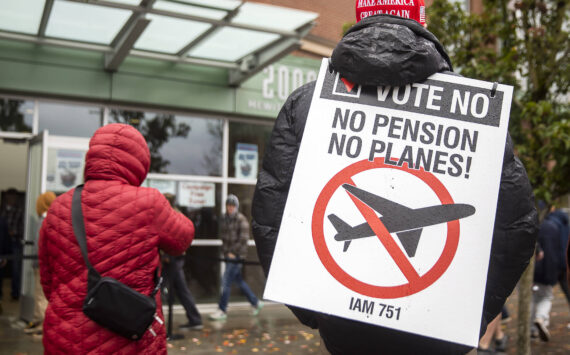When Seattle’s minimum wage jumped to $11 per hour last week, bypassing the state minimum of $9.47 and giving the city its first taste of what a higher wage floor looks like in action, neither did the sky fall nor the earth tremble. Likewise, angels did not descend to sing the praises of a mandatory living wage.
In the words of local restaurant tycoon Dave Meinert—who sat on the city committee that ultimately hashed out the labyrinthine deal, of which the new $11 minimum wage is the first step—the raise was “ultimately not that huge of a change . . . Just some accounting changes, really,” he added.
To be fair, Meinert has it comparatively easy: As a small business owner, he’s allowed (for now) to count tips toward the $11 minimum wage. Not so for larger companies like Starbucks (which declined to be interviewed for this article) or Ivar’s (more on them in a sec).
In case you missed it: The minimum wage deal that labor and business representatives cut a year ago was a messy compromise. Labor, riding a wave of public anger about wealth inequality, demanded “$15 Now”; on the other side of the bargaining table, businesses wanted either a smaller wage hike or a bigger set of loopholes that would include counting tips or employee benefits toward the minimum wage. The resulting agreement was a victory for labor tempered by temporary concessions to business. Seattle will eventually get to a $15 minimum wage, but different businesses have different amounts of time to get there, depending on how big they are and what benefits they offer. Large businesses (employing more than 500 people) must comply the soonest, while smaller businesses (500 or fewer employees) get a couple of extra years and can count tips toward workers’ wages through 2024.
As if that weren’t confusing enough, what counts as “$15 per hour” is also a moving target. Starting in 2017, the $15 minimum wage will increase each year to keep up with inflation. By 2025, when the transition period ends and all businesses are under the same minimum-wage rules, that $15 will have become a little over $18.
While the economic effects of the new wage itself are still invisible, some business owners charged with executing it made headlines last week with brash statements and bold actions. Celebrity chef Tom Douglas roused public ire by adding a 2 percent “Wage Equality Surcharge” to counter the new cost of labor in his restaurant empire, which employs too many people to qualify for the tip-credit exemption. He also published, then removed, a somewhat bitter blog post in which he castigated the mayor and city council for giving large businesses less time and leeway to phase in the new minimum wage.
“This is a multimillion-dollar discrepancy between large and small employers and completely tilts the playing field in a very competitive industry,” Douglas wrote in the post, which was republished by The Seattle Times after Douglas removed it in the face of public backlash. He also dumped the 2 percent surcharge, saying in a new post that new labor costs would be “reconciled in the menu price increases.” (Of course, for customers, an explicit surcharge and an implicit price bump amount to the same thing.) Finally, Douglas almost-but-not-quite apologized for “my political comments [in the original post] that were unnecessarily snarky and snippy.”
Up on the north shore of Lake Union, Ivar’s Salmon House got around the fact that it’s too big for a tip credit by simply assimilating tips into both customers’ bills and employees’ paychecks. Bob Donegan—Ivar’s president and an early opponent of the $15 Now movement who went on to become a key negotiator in the final deal—explained that the company decided to push the Salmon House’s minimum wage up to $15 per hour immediately, while also raising the wages of more senior staff “based on the complexity of their position and their tenure.” (At other Ivar’s locations, the minimum wage has remained at $11). To pay for the raises, Ivar’s eliminated credit-card tipping and added the amount of an average tip (17 percent) to menu prices. The new revenue from higher prices didn’t quite balance out the newer cost of labor, he says, so they upped prices further, to 21 percent.
It’s a cunning move that simultaneously sidesteps much of the cost of a new minimum wage while also replacing optional tips with guaranteed wages—a replacement for which many have agitated in the past (including yours truly). Donegan says customer response to the new policy has been mostly positive, though some resent losing the ability to reward or punish servers via tipping. (He’s quick to note, though, that the Salmon House doesn’t actually prohibit tipping; it just no longer has a line for it on your credit-card receipt.) “I think it’s gonna take three months for this to work its way through,” says Donegan. “There will be people who are very, very angry and will never come back,” and others who will come in for the first time because they like the policy and/or the food. “I think it’s going to be a polarizing issue for a while.”
Of course, for some small-business owners, the wage implementation has caused nary a ripple. “$11 was [already] my minimum,” says Theo Martin, owner of Columbia City’s Island Soul restaurant. He says that $15 is too high, but adds that he’ll find a way to make it work—mostly by trimming the fat from his other operating costs. For instance, he says he’s paying more attention to serving size: making sure that there’s exactly enough on someone’s plate to fill them up, but not so much that they ask for a takeout box (which costs Martin another 10 or 15 cents per order).
“The minimum wage,” he says, “has helped me know my business more than when I was doing it the old-fashioned way, the way my father taught me.”
And Molly Neitzel, the owner of Molly Moon’s Homemade Ice Cream, has raised her prices by five cents a scoop—not to meet the new $11 minimum, but to keep graduated pay scales intact and to pay for increasingly expensive dairy. She’s psyched at the prospect of simultaneously raising pay for Seattle’s worst-compensated workers and pumping extra cash into the local economy. “We’re gonna have hundreds of thousands of people in Seattle with more money in their pockets,” she says. “And these are people who don’t take the [money] they get and put it in a savings account. They spend that money.”
She’s talking about what $15 Now advocates call “middle-out economics”—as opposed to “trickle-down economics,” the model popularized by Ronald Reagan and by which Neitzel thinks “a lot of Americans have been brainwashed.” In trickle-down economics, government interference (like taxation or a minimum wage) is said to discourage job growth by making jobs more expensive for hyper-rich “job creators.” In middle-out economics, on the other hand, a robust minimum wage is seen as a tool for encouraging job growth, since well-paid workers have more money to spend at local businesses. So depending on which side of the ideological divide you’re on, Seattle’s new minimum wage can be either a weight dragging down trade among business owners, workers, and consumers, or it can be an injection of extra gas to the engine of our local economy.
Neitzel admits that there’s an element of truth to the trickle-down side. “I’ve heard that [Seattle’s minimum wage is] discouraging some chain companies, big-box companies, from expanding more inside Seattle city limits,” she says. But wait for the punch line: “I think that’s great, because that is leaving our city to local business owners.”
cjaywork@seattleweekly.com








